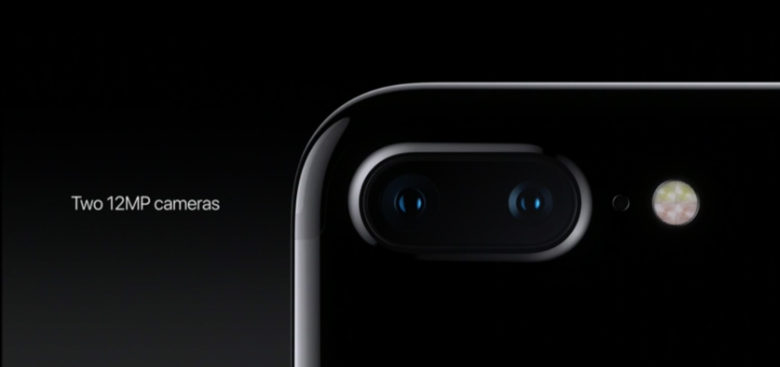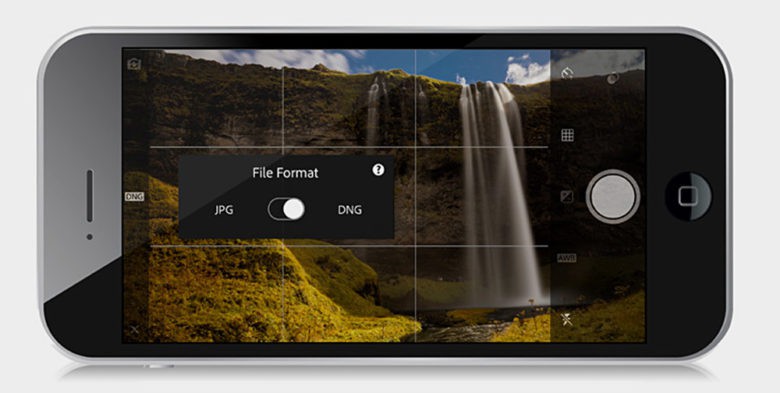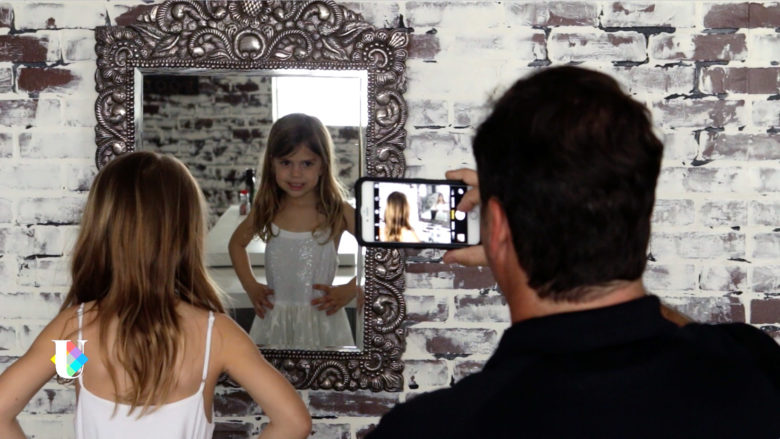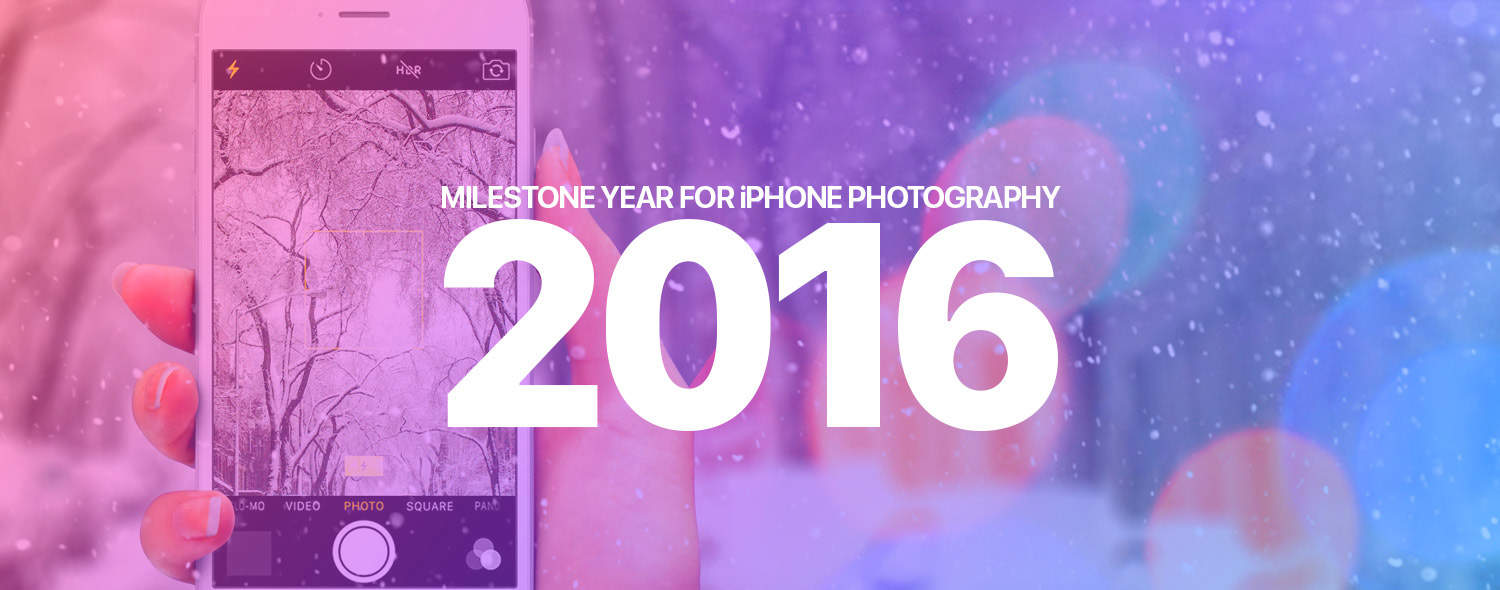 We roll our eyes when Tim Cook introduces a new iPhone and says, “This is the best iPhone ever” each year. But the iPhone 7 Plus will be different.
We roll our eyes when Tim Cook introduces a new iPhone and says, “This is the best iPhone ever” each year. But the iPhone 7 Plus will be different.
Sure, ambitious upgrades remain in the pipeline, but the remarkable camera in the iPhone 7 Plus will make this year’s model memorable. Fifty years from now, photography historians will talk about the iPhone 7 Plus they way they do the first Leica or the first Polaroid.
This post contains affiliate links. Cult of Mac may earn a commission when you use our links to buy items.
iPhone 7 Plus: The future of photography
While 2016 may not feel like a milestone for the iPhone camera, this particular model offers the first clear picture of photography’s future. The iPhone 7 Plus camera is so good, we can now stop with the nonsense of categorizing its use as “mobile photography.”
The fact that the iPhone 7 boasts two lenses is only part of the story.

Photo: Apple
While tech snobs snarked and snipped on social media over losing the headphone jack, photographers took to the iPhone 7 Plus immediately.
For the first time, the iPhone delivered more than a wide-angle view. Now a second lens, a short telephoto, allowed a user to change points of view without adding an attachment. Portraits and environmental details could now be framed without the distortion caused by a lone wide-angle lens.
Apple also added an optical zoom, just 2X, but a huge step toward the iPhone camera legitimately being the only piece of equipment a photographer would ever need to carry.
Other significant upgrades helped: A larger sensor and greater pixel depth record high-quality images in low light. The Portrait Mode software upgrade lets photographers blur backgrounds to make subjects stand out from the insignificant, often distracting, details of the background.
Pro photographers choose iPhone 7 Plus
Professional photographers, perhaps Apple’s best sales team for the iPhone as a camera, embraced the 7 Plus for special assignments. A photographer for The Hollywood Reporter used the iPhone 7 Plus for portraits of movie celebrities at a film festival.
Sports photographers got in on the action, too. Landon Nordeman shot the U.S. Open tennis tournament for ESPN with an iPhone 7 Plus. And Brad Mangin makes a good part of his living photographing for clients like the PGA and NASCAR, who hire him to make iPhone photos for social media.
Mangin’s contemporary, veteran shooter Marc Serota, will go as far as using special riggings by Beastgrip to shoot with longer lenses from his Canon inventory on his iPhone 7 Plus.
It is still hard to imagine a smartphone one day replacing all the gear used by today’s professional photographers, but not to Serota, a longtime Canon user who for years routinely patrolled football sidelines and sporting arenas with multiple camera bodies and long lenses.
“I was shooting the Olympics in Rio and I would hear things like, ‘I don’t talk on my camera, why should I take pictures with a phone?’ It’s incredibly short-sighted,” Serota told Cult of Mac. “The iPhone 7 with the twin lens and the portrait function … with a couple of apps and the hardware, it’s there 100 percent.”
iPhone photography is more than just hardware
As noted by Serota, the iPhone 7 Plus’ remarkable hardware isn’t the only thing driving this revolution. Apple’s release of iOS 10 this year created a seismic opening for imaging software leader Adobe, which made big news in 2016 with its newest version of Lightroom Mobile, which lets iPhone shooters capture RAW DNG files inside the app.
The RAW file is uncompressed and can accept a wider range of tweaks. This gives the iPhone photographer unprecedented quality and latitude, allowing them to make adjustments in white balance, dynamic range and recovery of highlight or shadow details after the picture has been made. (The Lightroom update only works with iPhone SE and the 6s on up.)

Photo: Adobe
“Photographs captured and stored in a raw file format are great for anyone who values quality and control over their photos,” Photoshop creator Thomas Knoll wrote in a September post on the Photoshop Blog. “In the end, using raw and Adobe Lightroom allows you to create extremely high-quality images whether or not you used the perfect setting which you initially took the shot.”
Power in the Apple ecosystem
Throughout 2016, app developers like Adobe and accessories companies produced significant products to help photographers extend the reach of a camera like the iPhone 7 Plus.
The Filmborn app enhances the style of a picture by mimicking the look of classic film from Kodak, Fuji or Ilford.
Serota partnered with Polaroid, which is making inroads in mobile photography, to create the Polaroid University app, a series of video tutorials on how users can make better pictures with iPhones. Each video is five to sevens minutes long and covers a different lesson, from using negative space to creating more dynamic images, composing shots using the rule of thirds, and even using bubbles and fire (safely) to create dramatic portraits.
(Polaroid won’t release the number of downloads but says Polaroid University has exceeded projections. It spawned a video series that can be purchased on Amazon and will soon be in big box stores like Target.)
Plenty happened on the hardware front in 2016, too. The new Lume Cube produces a super-bright light in a housing the size of an ice cube. And drone-maker DJI came out with a three-axis gimbal stabilization grip that lets smartphone users shoot rock-steady handheld video on the go.
And then there’s 4K video and the growing community of iPhone filmmakers.
iPhone photographers are ready to learn

Photo: Polaroid University
On a recent trip to Minnesota to meet with Target executives, Serota got a chance to promo some of the Polaroid University videos in a store. He said he was struck by how people began to try different things with their smartphones, right in the store.
It suggests to him that as people take more pictures, smartphone users are getting hungry to learn more about the technical rules of photography.
That doesn’t necessarily mean they will reach for a DSLR with interchangeable lenses. Not when the lightweight camera in their pocket might be just as good.


